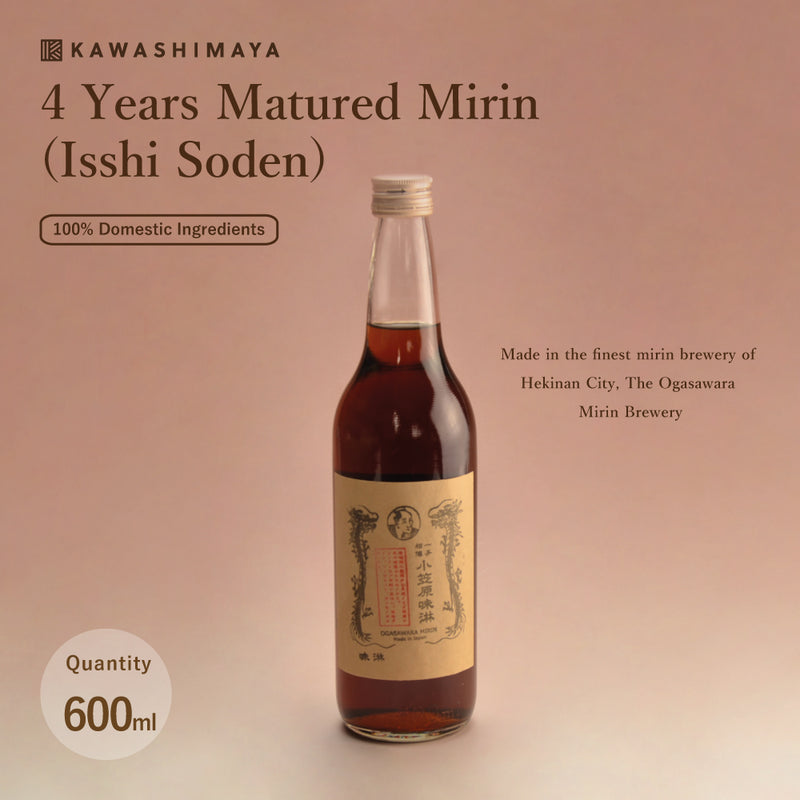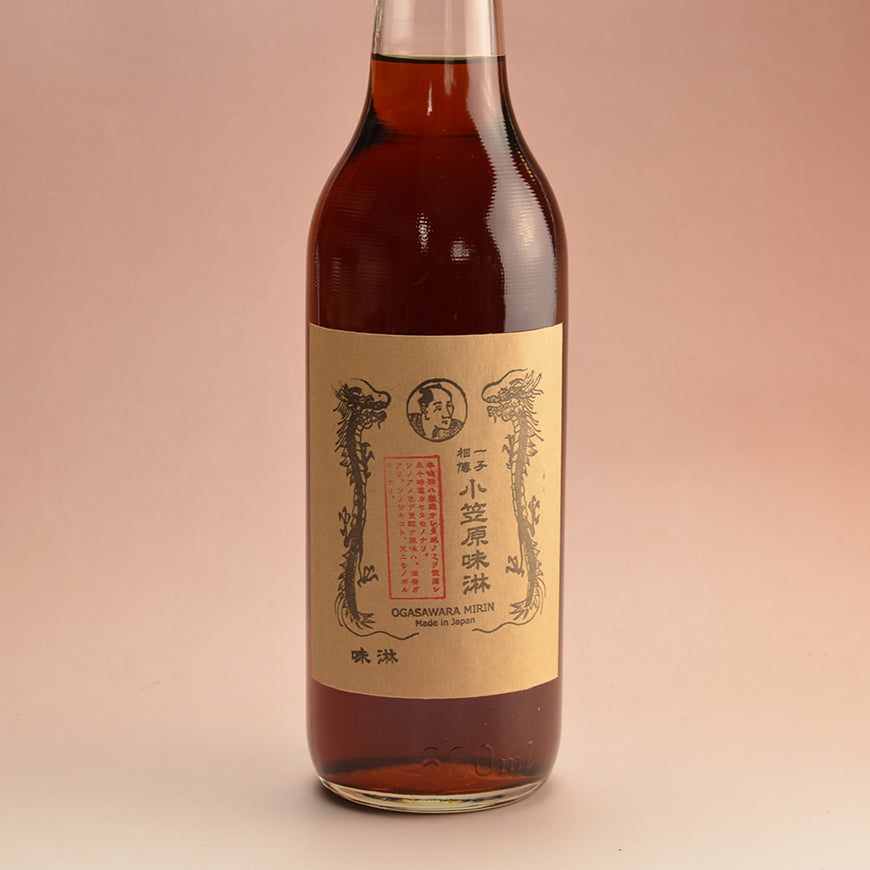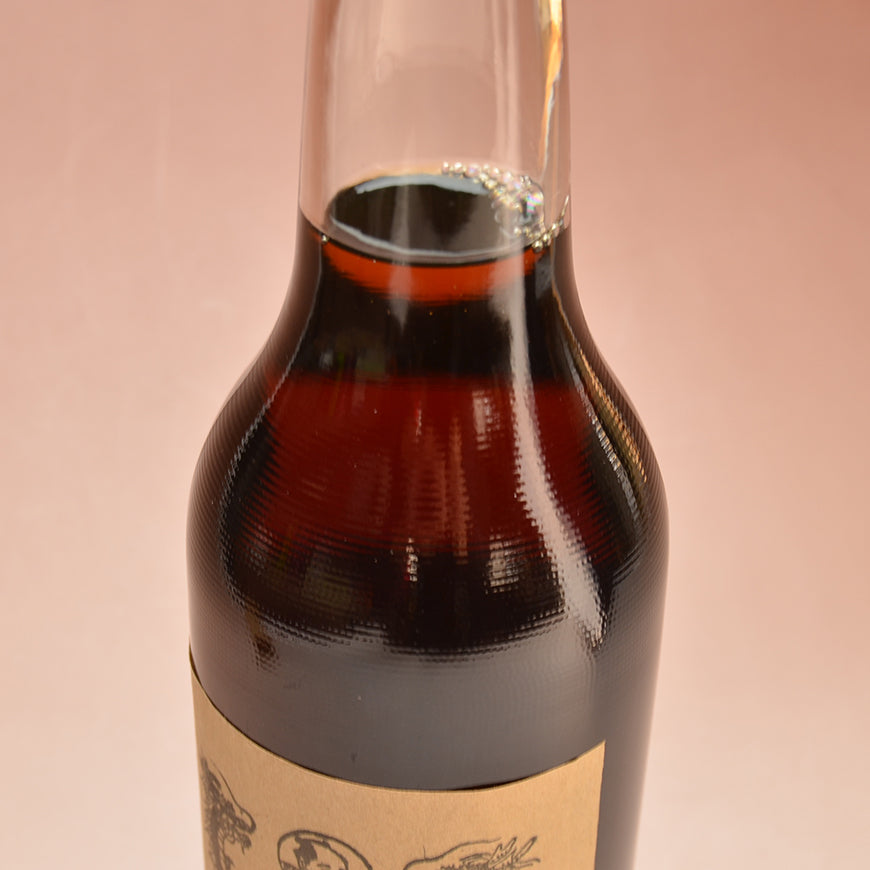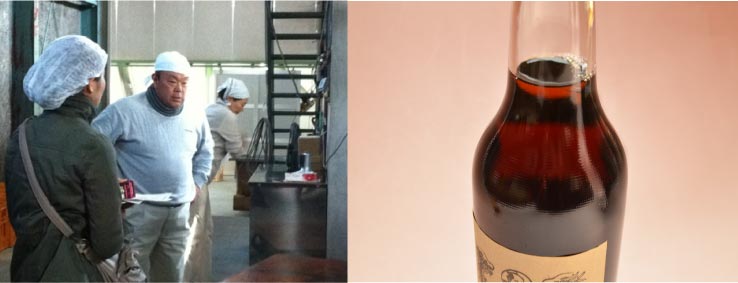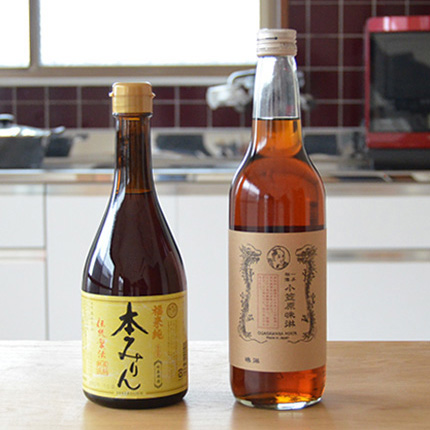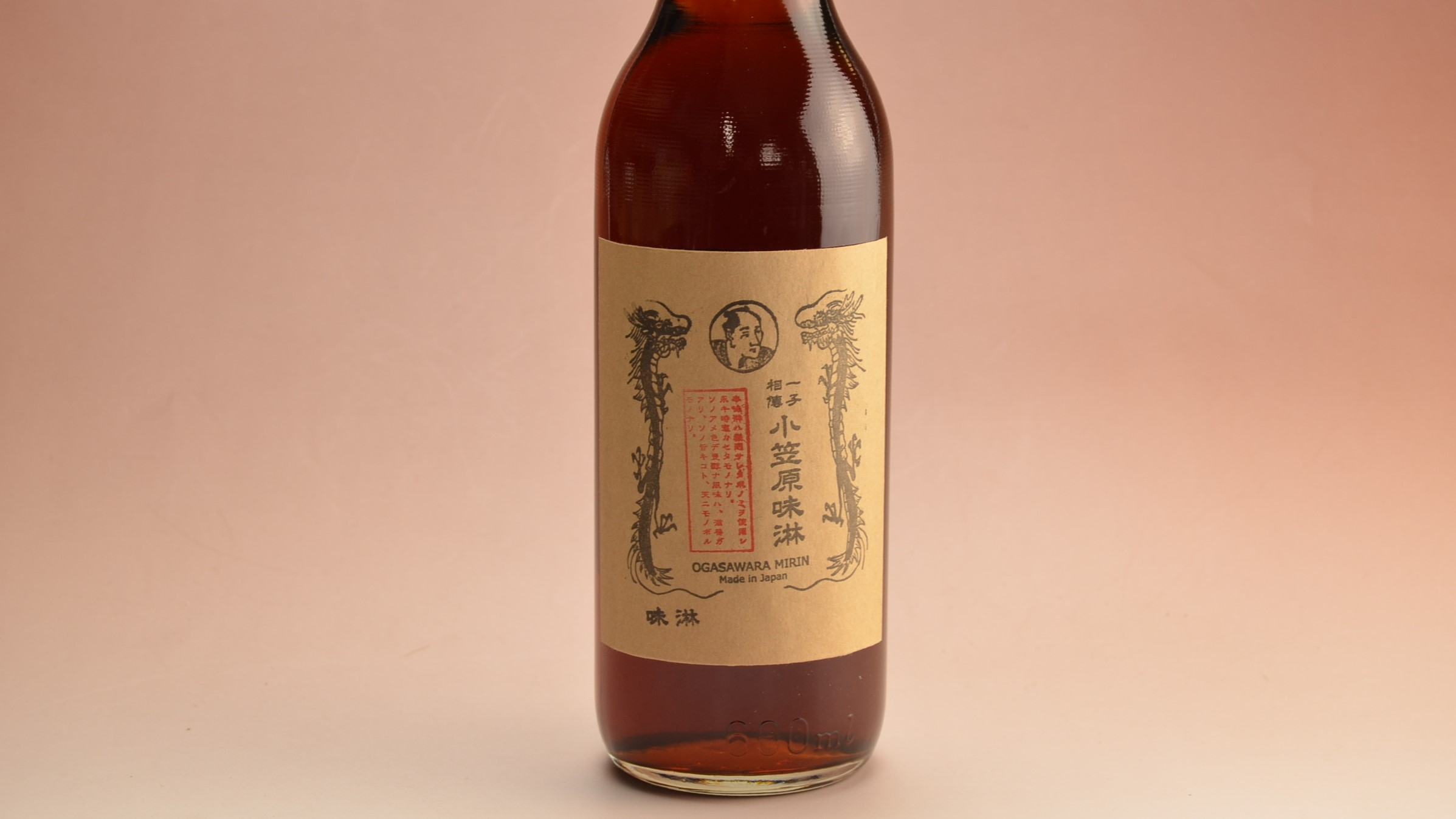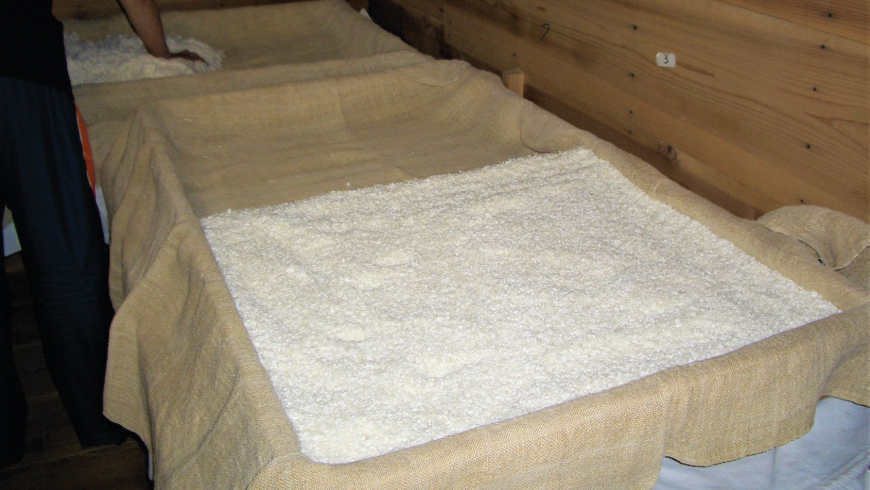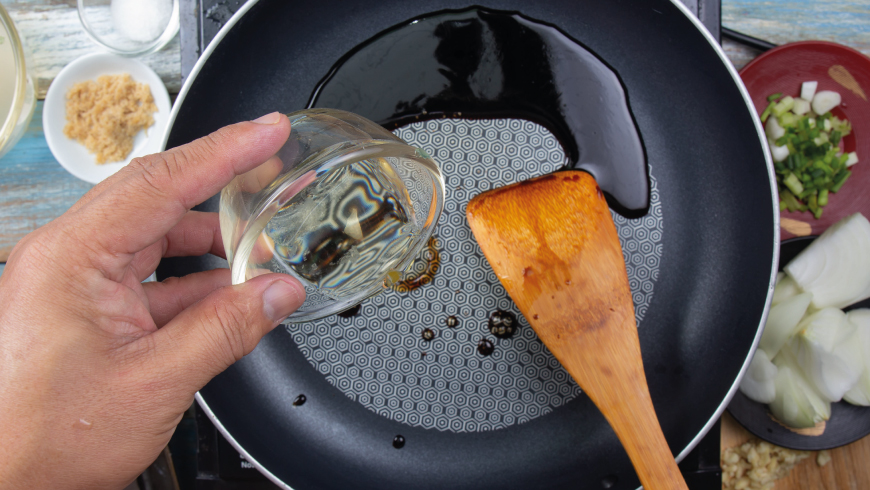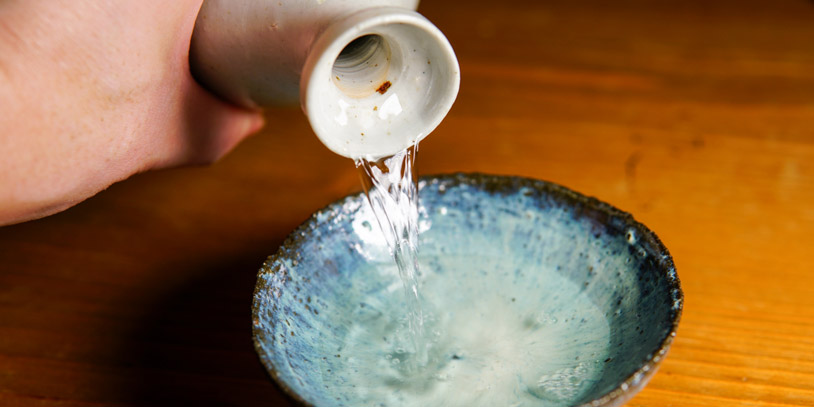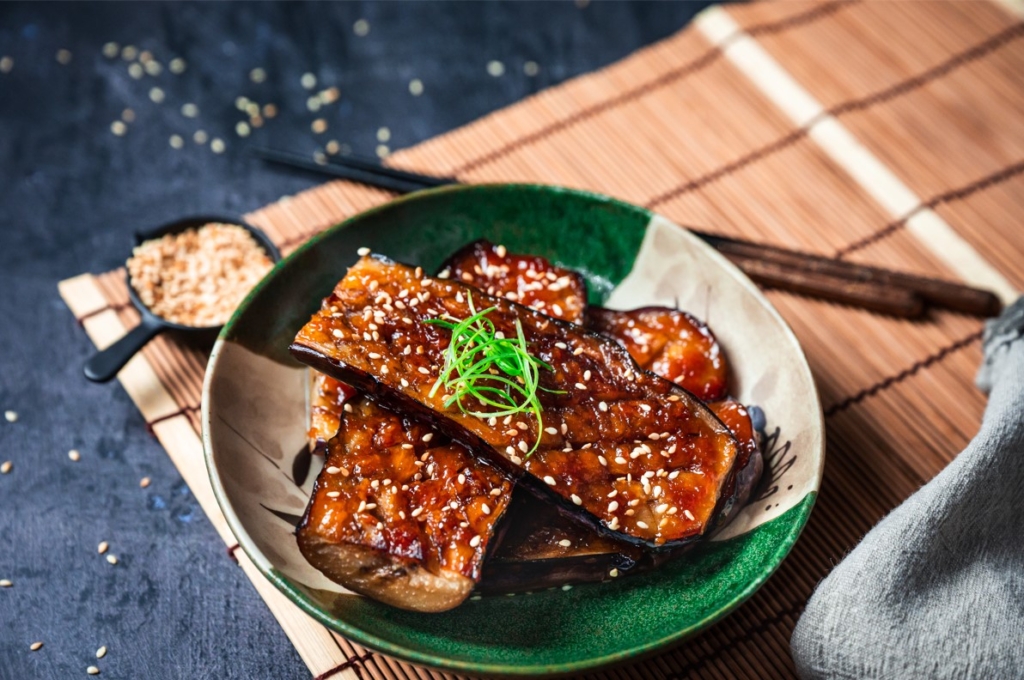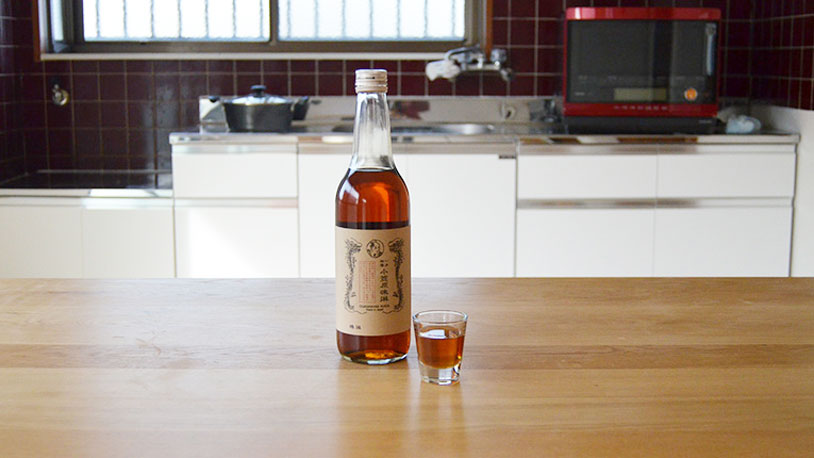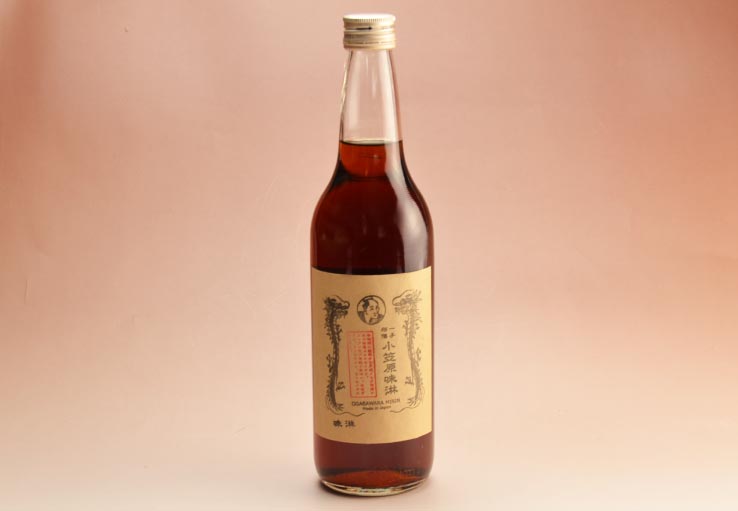Message from Ogasawara Mirin Brewery - The Mirin Producers
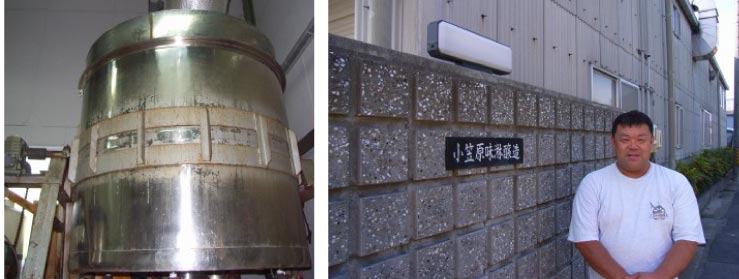
What we do in the Ogasawara Mirin Brewery - "Isshi Soden":
1. Use only domestic rice as raw material
2. Use the handmade koji
3. Use the natural sedimentation process
4. Any heating process is not performed because it is row mirin.
Therefore, this product has a mellow flavor and sweetness. It is mirin that is delicious even if you drink it.
We support the "Food Safety" issue so that problems such as contamination of foreign matter and microbial contamination don't occur. We are also trying to make a manufacturing place that doesn't allow compromise, so we have refused any entry except for the brewer itself at the time of brewing.
This is not the usual mirin you could find. First of all, we would like you to try to drink it a bit. While trying to drink it, please remember that we made the mirin with many hardships. The manufacturing process is considered to take irrational time and labor. It is manufactured by the Ogasawara method, which continues from the ancestors. Sometimes, the manufacturing process takes several days, so we have to sacrifice our sleep. Lastly, we are securing the domestically produced glutinous rice as our material in an optimum way. These are some difficulties we faced.
But we will smile when we see the completion of the product. That's why we will make it again next year.
- The Representative of Ogasawara Mirin Brewery

